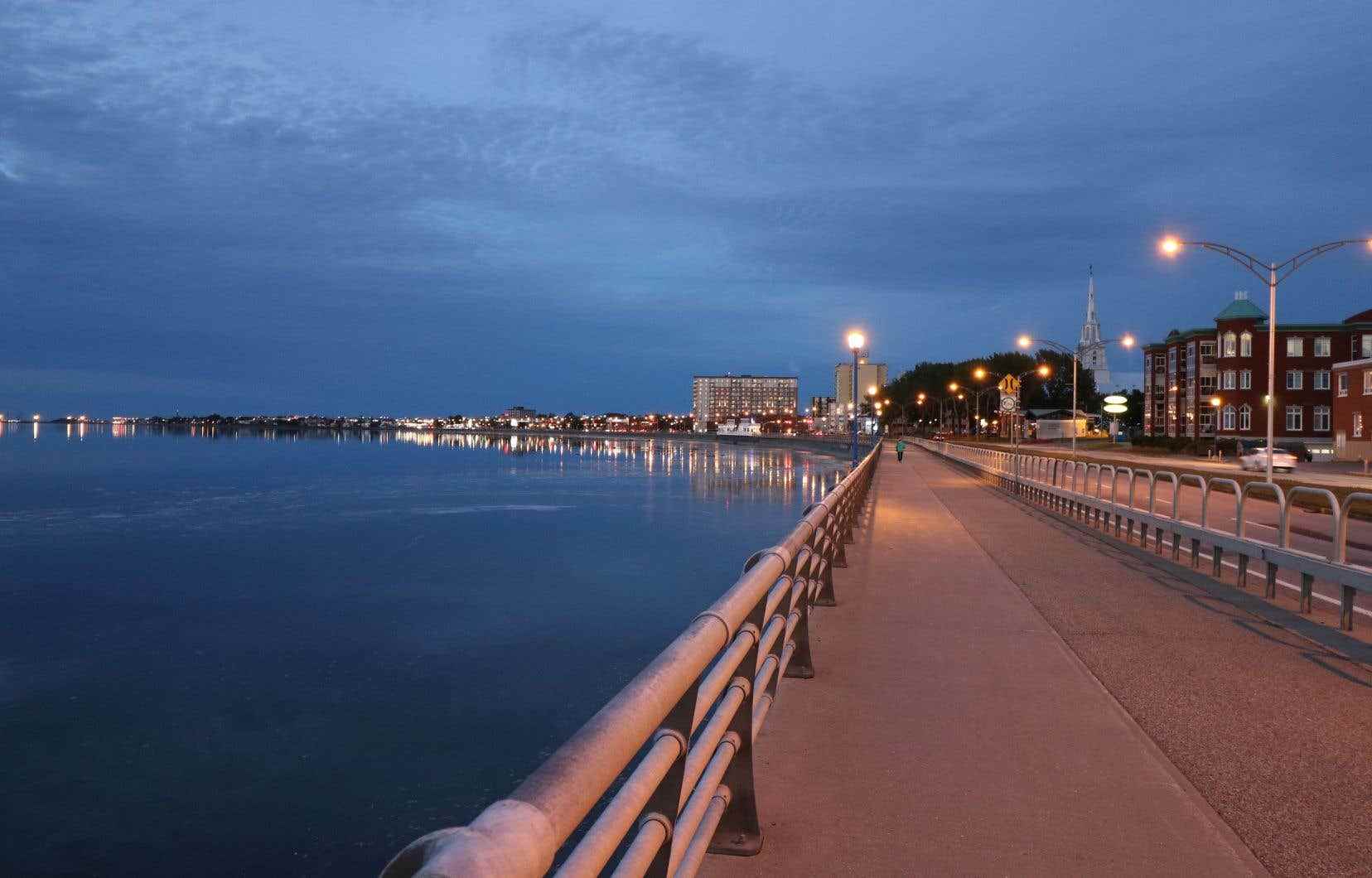Struggling with a housing shortage on a scale never seen in 15 years, Rimouski aims to turn its crisis into an opportunity. In its plan to fight the housing shortage presented Thursday evening, the municipality of Bas-Saint-Laurent proposes to explore development models “more respectful of our ecosystems and the climate”.
Rimouski recognizes it: a “storm” is blowing over the city and it spares no one. Tenants are struggling to find a roof, buyers a property, and developers are facing an economic context that is inflating their construction and borrowing costs.
The City of Bas-Saint-Laurent estimates that it will have to build 2,500 housing units to alleviate the current shortage, which has caused the vacancy rate to plummet to 0.2%, according to the most recent data from the Canada Mortgage and Housing Corporation ( CMHC) — well below the equilibrium rate, calculated at 3%.
To get out of this turmoil, the municipality is equipping itself with a regulatory, budgetary and fiscal arsenal in order to develop a greener, more affordable and denser city. “The accelerated construction of many new homes is an opportunity to direct the development of the city towards a model that is more respectful of our ecosystems and the climate. The City therefore has a major challenge here, […] but also a great opportunity,” the administration writes in its plan.
No more thoughtless construction: Rimouski now intends to build more mixed and denser neighborhoods, “by choosing growth with low climate impact” inspired by the best practices adopted in Quebec.
“Scattering activities and residences means generating more motorized transport and impacting nature, adds the City, while building and renovating buildings where services already exist, where streets are already cleared of snow, where public transport common is already in service, is an economic and ecological choice very profitable. »
A 12-point strategy
The municipality articulates its plan in 12 actions, which include in particular a revision of the regulatory framework and financial incentives to facilitate “soft densification” in neighborhoods already inhabited.
Rimouski is thus committed to finding land capable of accommodating a mini-house project inspired by the Petit Quartier in Sherbrooke, with a view to creating a housing cooperative that has never been seen before in Quebec, which relies on living together and the collectivization of services to create a neighborhood on a human scale.
The revision of the regulatory framework must also relax the limits that hinder the construction of housing, for example a pavilion to accommodate a relative, on land already occupied by a single-family home.
Scattering activities and residences means generating more motorized transport and impacting nature, while building and renovating buildings where services are already available, where the streets are already cleared of snow, where public transport is already in service. , is an economical and ecological choice
The regulatory amendments also intend to further restrict the conversion of principal residences for tourist purposes. The City has identified around thirty dwellings intended for short-term accommodation on its territory. Even if Rimouski recognizes that the impact of Airbnb and other rental platforms remains “low” on the current shortage, it intends to tighten the screw.
Plenty of room for affordable housing
Rimouski also takes note of construction costs and rising interest rates. The City wants to calm the turbulence that is dampening the ardor of developers, while containing their voracity, by offering various incentives to build housing at reasonable prices.
The plan thus gives an important place to affordable and social housing.
The City thus plans to protect itself from its new right of first refusal to multiply acquisitions. It will prioritize land located in its city center to build social and affordable housing or to promote residential densification where services already exist.
The municipality estimates that 350 Rimouski households are waiting on a list waiting to obtain affordable housing based on their low income. It has around 2,300 housing units in its boxes, including 218 for social purposes.
In order to encourage other affordable and social housing projects, Rimouski wants their initiators to benefit from a property tax credit that can be spread over, not over five years as the current maximum provides, but over 35 years. This support would automatically apply to projects with 20 or more dwellings that the City deems viable. Rimouski would assess the granting of this credit on a case-by-case basis for projects with fewer than 20 units.
Tax truce and request to Quebec
The action plan also provides for an increased contribution from the Government of Quebec. Rimouski wants to adopt a resolution this year asking for a “substantial increase in funding for social housing”. It also intends to convince the Ministry of Municipal Affairs and Housing to introduce lower taxation for dwellings with six or more units.
Rimouski also wants to grant a tax break to developers who rely on densification and the construction of reasonably priced housing. It intends to grant them a property tax credit of up to $1,500 per apartment located in a new building with at least eight apartments.
To be eligible for this credit, however, the dwellings must have rents that do not exceed the median rental cost of the market by more than 15%. Rimouski caps this credit at $150,000 per project, per lot and per promoter. The envelope granted represents the maximum imposed by law, ie 1% of the annual budget. For 2023, that’s just over a million dollars.
The mayor of Rimouski, Guy Caron, does not hide a certain urgency to change the reputation of his city. “It is common knowledge in Quebec that Rimouski is experiencing a housing shortage. We know that we are attractive and that we are an interesting welcoming land. The problem, however, is that people are reluctant to come because they think they will never find housing. We want to send the message that we are taking the problem head-on, that we are giving ourselves the means to solve it. »
